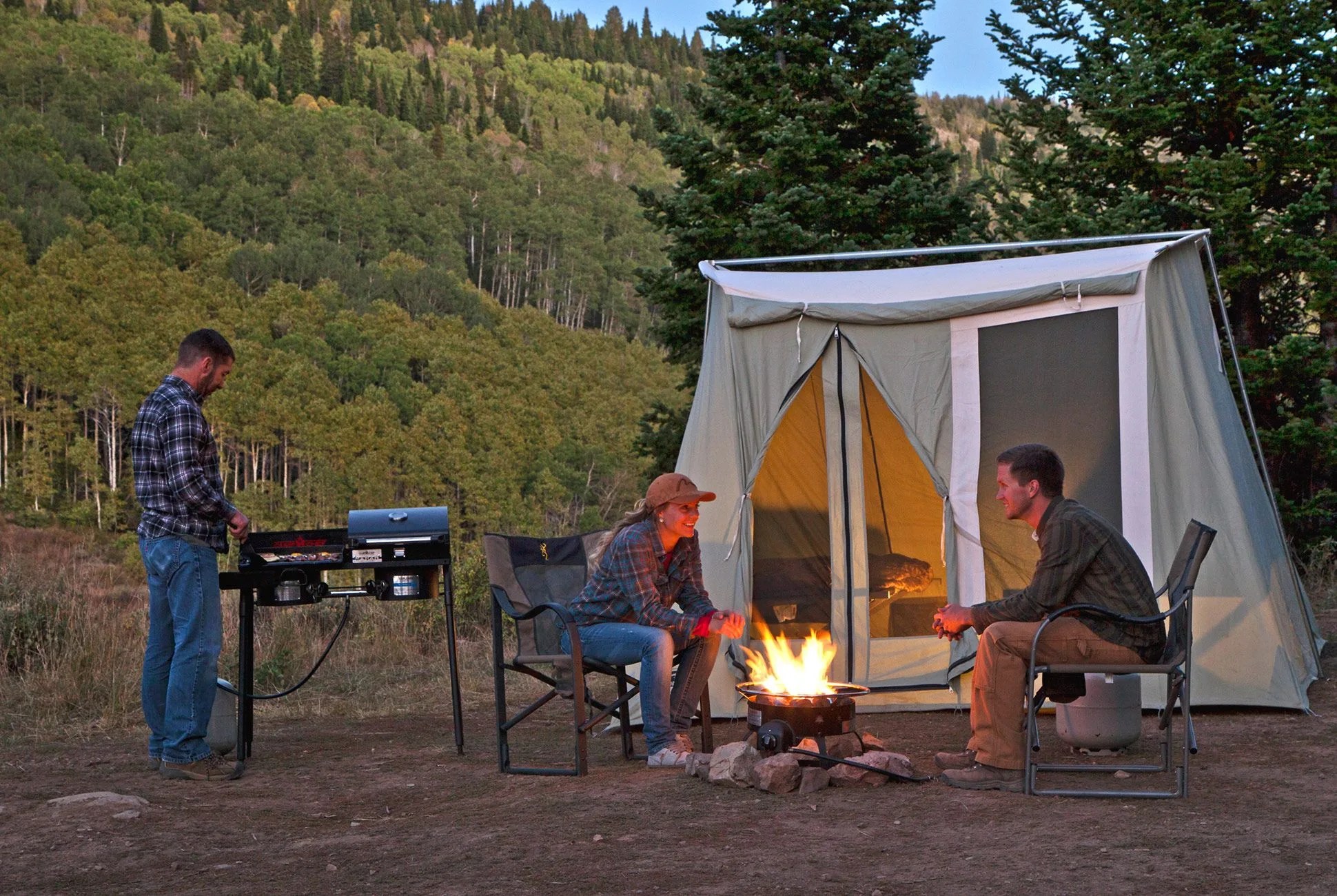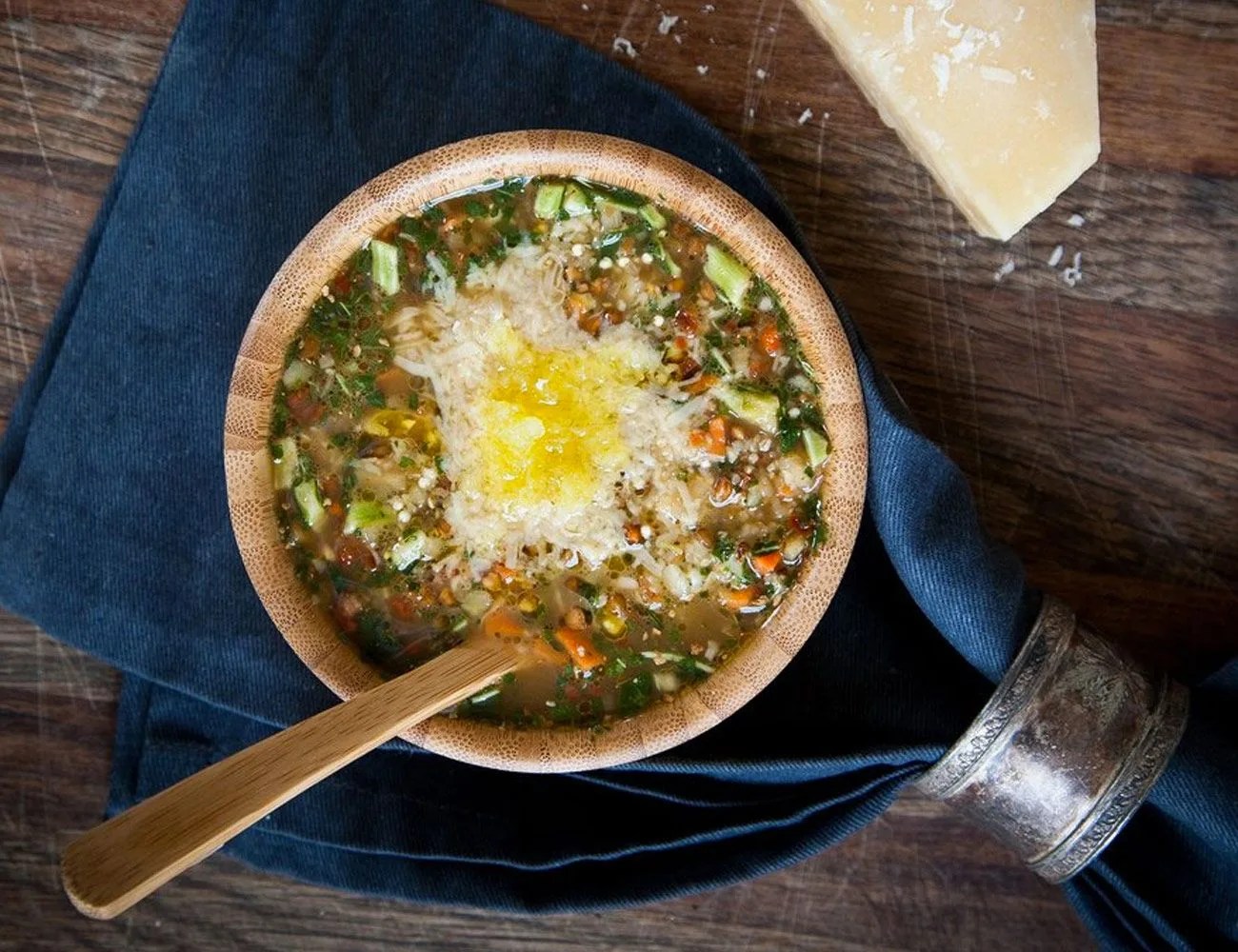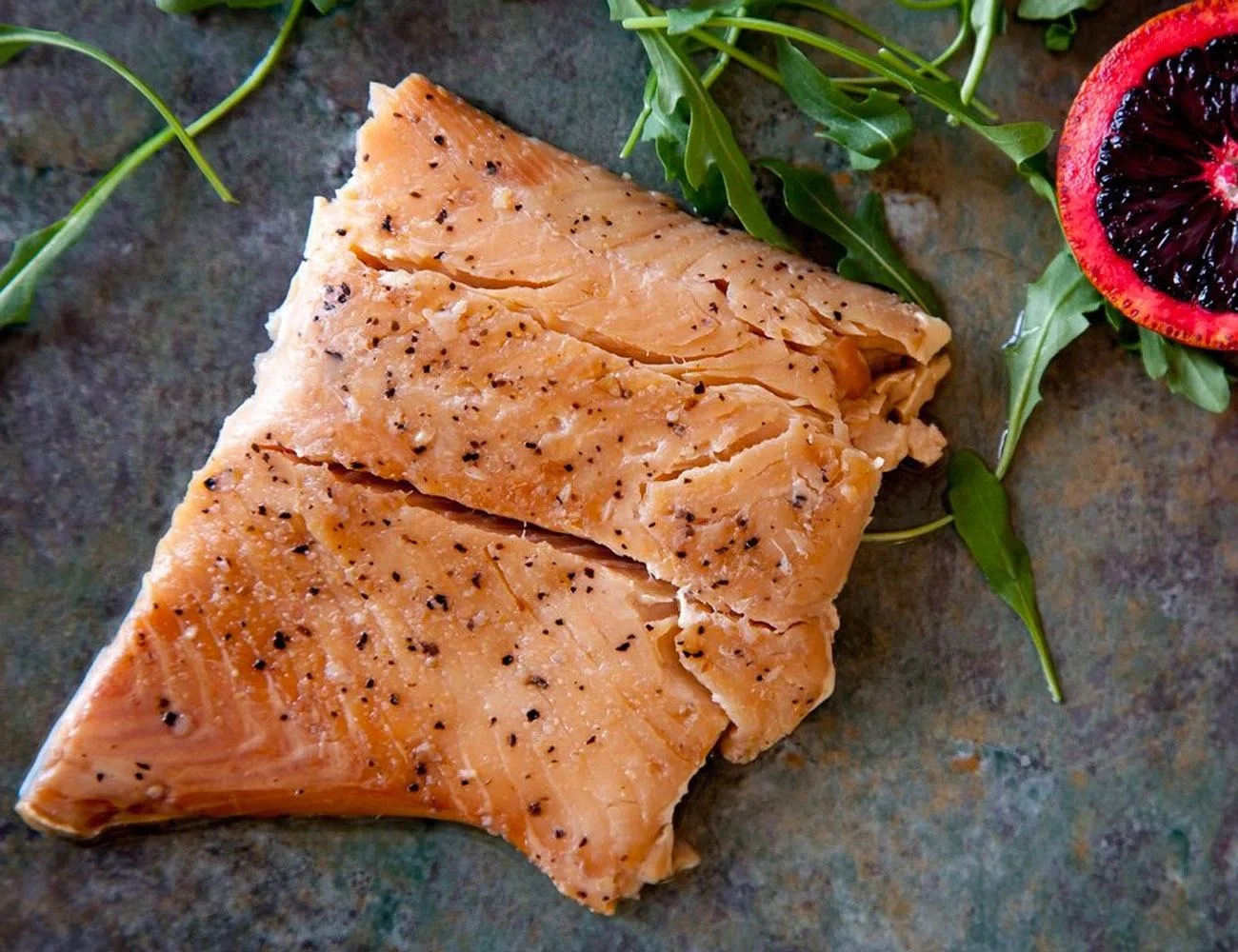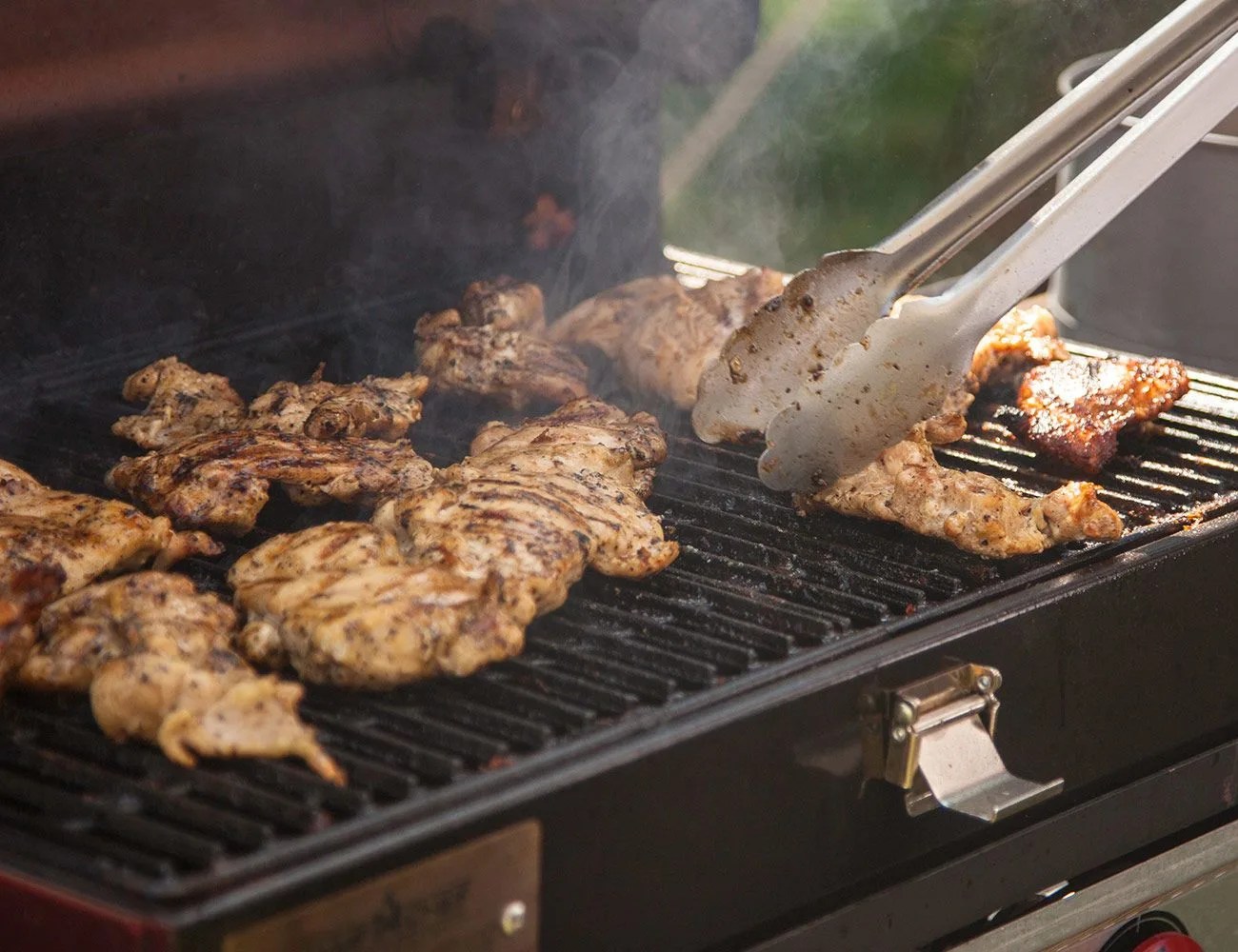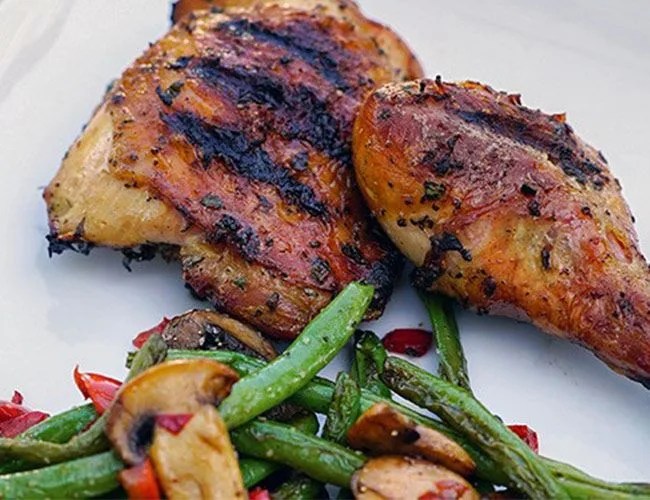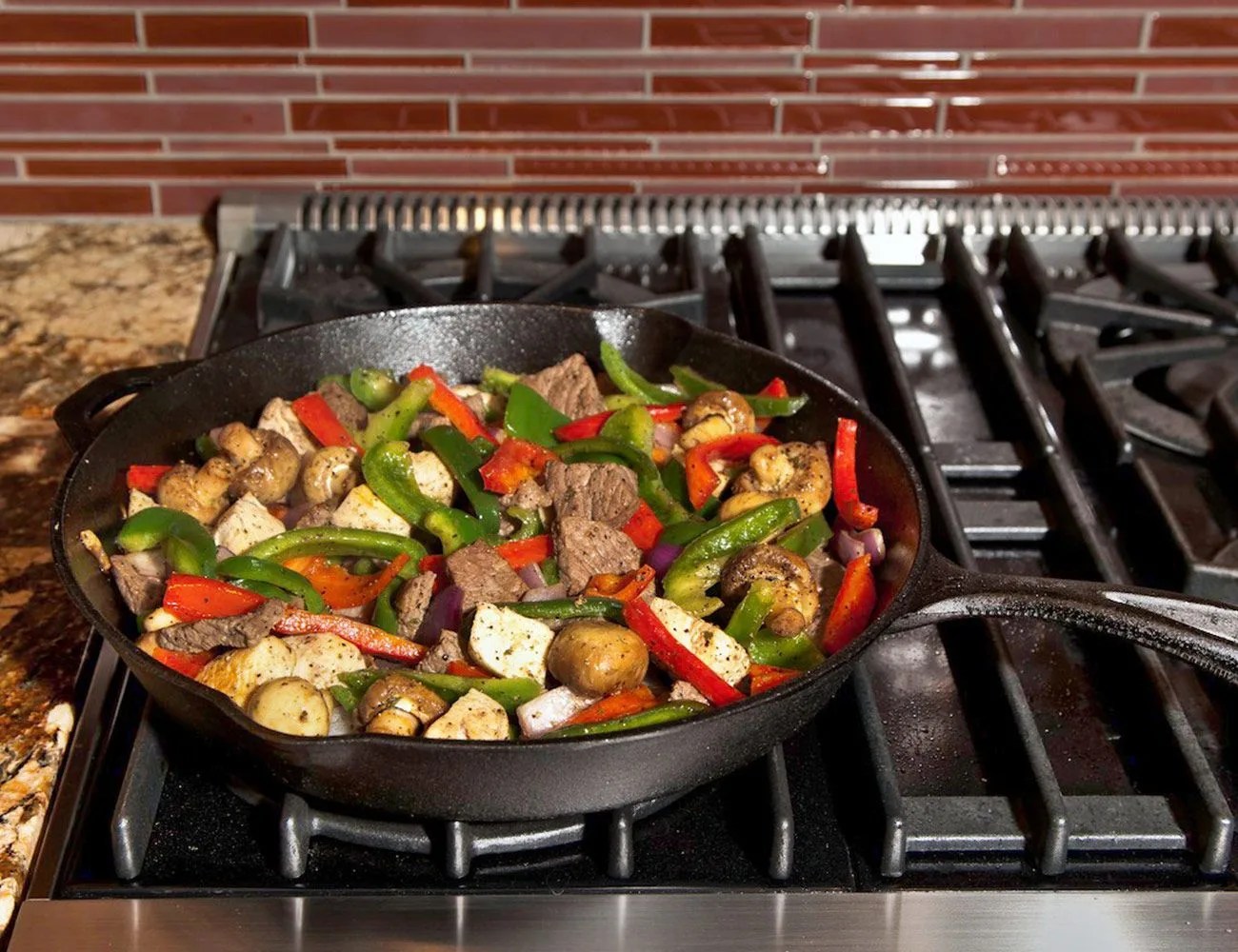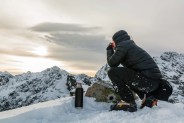Hiking works up an appetite like nothing else. While you might not break a sweat during the day, that doesn’t mean you haven’t earned the right to pig out at the end of the day. Dehydrated meals bring something to the table (in some cases nothing more than convenience), but the more fresh food you can include in your dinners, the more satisfied you’ll be at the end of the day and the more enjoyable campfire moments can be.
Depending on the number of days you’re headed out for, and how big your group is, you can exponentially increase your party’s collective happiness if you add in a mix of real fruits and veggies. If you’re car-camping, the variety of meals jumps up significantly, especially because there’s space for a giant cooler to keep everything fresh. To get the inside scoop on the best meals to make in the backcountry, we chatted with Jack Carlisle, backcountry cooking expert with Camp Chef, as well as the team at Patagonia Provisions.
The Gear You Need
While you can find a full rundown of all the gear we recommend to cook in the woods here, our experts passed along a few of their favorites, too.
Carlisle asks himself a few questions before getting started: “‘How much can I execute with the tools I have and what additional tools do I need? If cooking, what heat source do I need? What cooking vessel am I going to use? What do I want to cook?’” Carlisle recommends gear from the Camp Chef Lumberjack series — you might want an over fire grill, a skillet or stryker stove depending on your location and group size. As for cooking vessels, you can use anything from tin foil to a lightweight aluminum pot set or your favorite heavy duty cast iron skillet — whatever you have space to carry.
“It’s the workhorse of my home and basecamp kitchen,” Carlisle says of his go-to 12-inch cast iron skillet. Other essentials include an all-purpose chef set with all of the basics — knife, spatula, spoon, tongs and carrying case. “I have one specifically for base camp cooking and I don’t have to pull my knives from my home kitchen,” Carlisle says. Flexible cutting boards that are easily cleaned, lightweight and portable, are also a good idea — as well as 32-ounce cylinder shaped deli containers. Carlisle says they are, “great for storing prepped food, stacking in coolers and easy storage when not in use. Pick them up at a restaurant supply store, Amazon or your local grocery store deli.” Lastly, a quality instant read thermometer is crucial. “Temperature! Temperature! Temperature! If you buy the highest quality meat, it can easily turn sub-par with an improper internal cooking temperature. Alternately, a low-quality meat can turn into a culinary masterpiece with the right technique and correct internal temperature. I personally use a Thermapen by Thermoworks,” Carlisle says.
